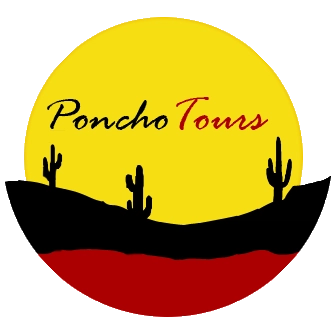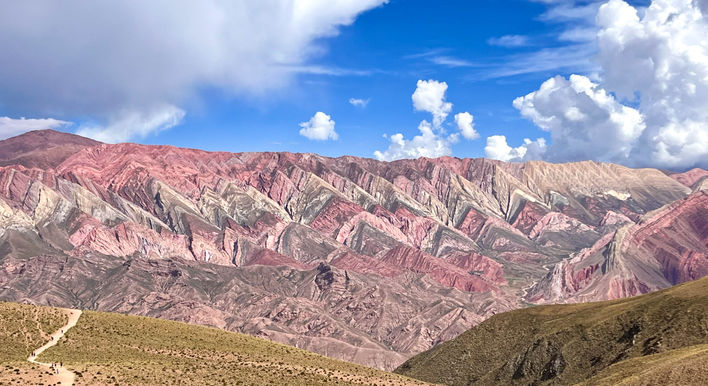As we approach the end of a year in which annual inflation is expected to top 50%, it seems like a good moment to write about the blue dollar.
A tour we think you'll love
Why do you need to know this? Because it makes your holiday in Argentina so much cheaper. In many cases, by using the blue dollar you’re effectively paying half price.
How so?
At the close of 2021, the official exchange rate for Argentine peso to dollar is 103: but the blue dollar is worth 204 pesos, so almost double.
If you pay hotel or restaurant bills with a foreign debit or credit card you’re paying the official rate, but if you pay in pesos cash, it’s the blue rate.
Some hotels have prices in dollars but you can pay in pesos at the official rate, so you’re effectively getting half price (NB: check the small print: if you see a hotel with a surprisingly low dollar price, it might be they require payment in US$ cash).
So how do I turn my green dollar into a blue one? Well, you can’t walk into the bank and ask for the blue rate.
It’s the price you get on the street: the “real” rate which is trying to keep up with hyperinflation.
Since 2011, the real value of the dollar has exploded, increasing fiftyfold from 4 pesos to 200.
If you live in Argentina, the dollar is more solid than gold, so it’s not surprising that it’s the currency of choice for locals who want to save: and don’t particularly trust banks after the corralito of December 2001. Hence the huge demand for hard cash.
Over the last five years, inflation has risen between 200 and 340%, depending on which figures you trust.
Now, more than ever, largely due to currency controls, there’s a huge disparity between the official and blue dollar. Here are my notes from the previous year ends:
December 2019: official: 60 blue: 68
December 2020: official: 84 blue: 142
December 2021: official: 103 blue: 204
Extraordinary, isn’t it?
The money changers are known as arbolitos (little trees) because they tend to decorate the high street where the banks are (of course, they’re nipping in to replenish their supplies every half hour).
Look around Florida subway station in Buenos Aires, near the tourist office in San Martin/Garibaldi in Mendoza, or calle España on the corner of the main square in my home city of Salta.
If you’re uncomfortable about changing on the street, enquire with someone working at your hotel when you arrive, and they can probably change money for you with a trustworthy local contact.
Here’s an excellent article from La Nacion (in Spanish) on the hyperinflation. And DolarHoy gives you up to the minute exchange rates.
Tip to remember: Bring only brand new hundred dollar bills as smaller notes change at a much lower rate (though they will still be at least 50% above official rate).
The same principle applies to euros: but don’t bring the 500 note which has become the preserve of drug dealers and dodgy Argentine politicians as it’s difficult to change.
And why is it called the “blue dollar”… I’ve actually got no idea.






